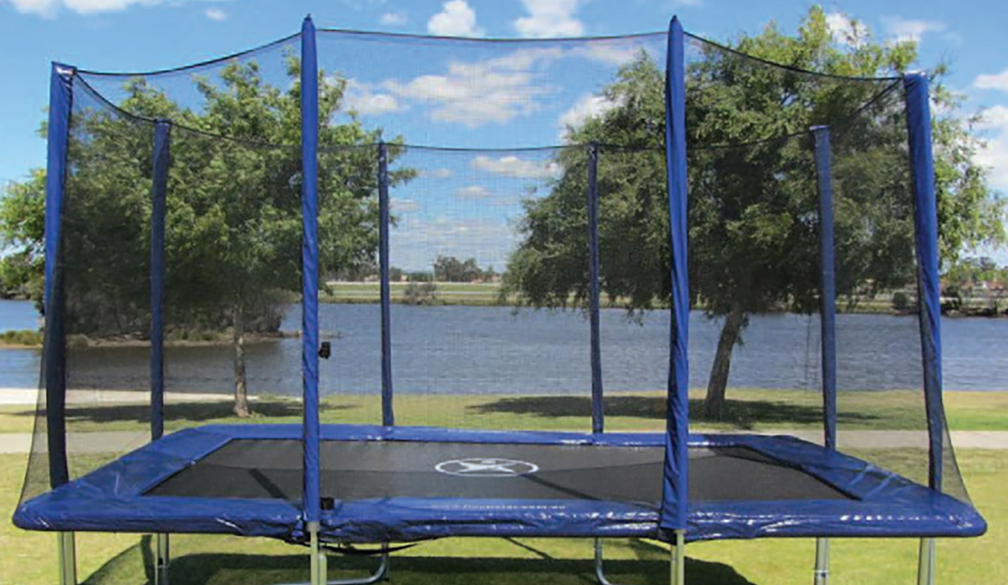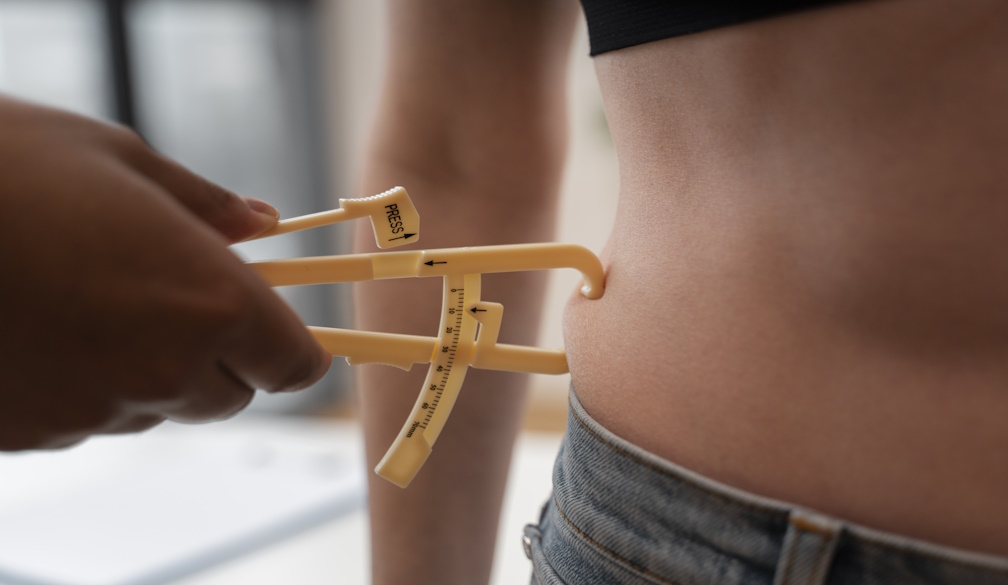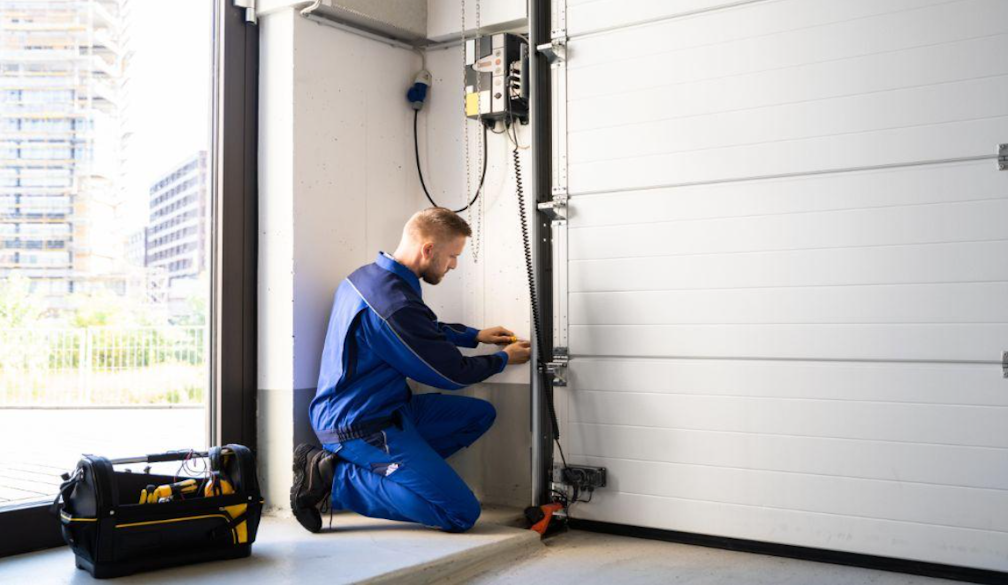The Benefits of Jumping

Jumping for joy on a trampoline is one of life’s pure, simple pleasures. But did you know that it has a whole host of other benefits as well? Apart from the fact that it’s a low impact exercise, meaning it’s kind to your joints, it’s also suitable for virtually all ages – from toddlers upwards.
The official name for bouncing on a trampoline is ‘rebounding’. This refers to the effect of gravity combined with an elasticated bounce mat, meaning that while the former pulls you back down to earth, the latter uses that force to drive you higher into the air.
So, without further ado, let’s look at the reasons so many people are getting turned onto trampolining to increase their fitness, health and all-round wellbeing.
- It’s a great cardiovascular workout: Rebounding increases the heart and respiration rate. How much depends on the intensity of your bouncing and can range from mild exertion to high intensity. With every adult recommended to undertake a minimum of 150 minutes of moderate exercise per week, rebounding is a great addition to anybody’s regular routine.
- It works the key body muscle groups: One of the most important of these is the core (abdominal) muscles. These are responsible for supporting the whole body. One of the main causes of back pain and injury is having weak core muscles. Doing a mere 10 minutes of rebound exercise per day can really help strengthen this essential area. You’ll benefit from working your leg, buttocks and deep back muscles as well.
- Improves balance, coordination and motor skills: For children, bouncing on a trampoline helps them develop these essential skills. For adults, it keeps them finely tuned. The better your balance and coordination throughout your life, the less likely you are to suffer from falls as you age.
- Supports bone density and strength: As we get older, the quality of our bones can decrease. This, as well as diseases, such as osteoporosis, are some of the reasons that the likelihood of fractures increase as we age. It’s well known that undertaking gentle impact exercise can help reduce the bones weakening. Rebounding puts a small amount of pressure on the bones without overstressing the joints. This can help improve bone strength, whatever age you might be.
- Helps improve endurance: Rebound exercise has been shown to be up to 64% more effective than running (one of the reasons that NASA incorporates it into their astronaut training). But you don’t need to be an athlete or space explorer to benefit – increasing your level of endurance helps us with everyday life, such as walking, playing with the kids, running for the bus… You get the picture.
- Supports the pelvic floor: Because it works the deep core muscles and hip joints, rebounding can be effective in helping to prevent urinary incontinence.
- Is beneficial to the lymphatic system: This is responsible for getting rid of all the body’s waste products. Increasing your heart rate and breathing as you bounce stimulates this essential process, helping to flush all the waste from your system.
- Great for mental health: Bouncing never fails to bring a smile to your face. The exhilaration of jumping causes the body to release feel-good hormones, including serotonin and dopamine. It can also help reduce the levels of stress hormones, such as cortisol.
Trampolines come in all sizes to suit all needs. From large, multi-person ones to small trampettes that can fit in even the smallest of spaces, there’s a model for everyone. With the massive physical and health benefits rebounding brings, you can understand why there’s been such an increase in the popularity over recent years.
Given all the advantages bouncing brings, isn’t it time you gave it a go too? If you need a trampoline, get in touch with Jump Star Trampolines, they have trampolines in a range of sizes and shapes and deliver throughout Australia.

























